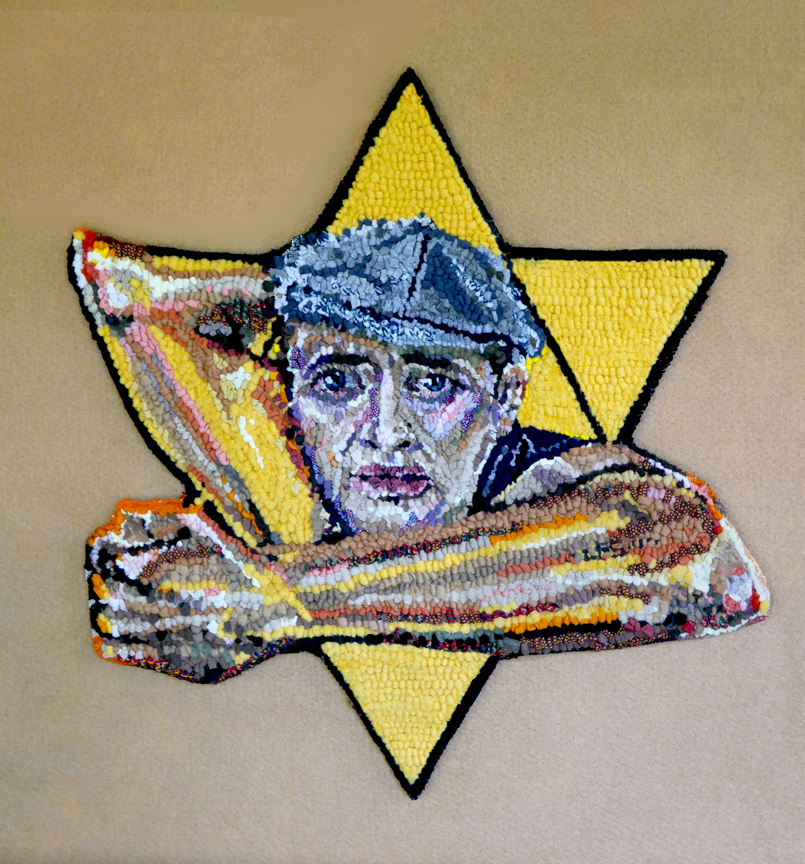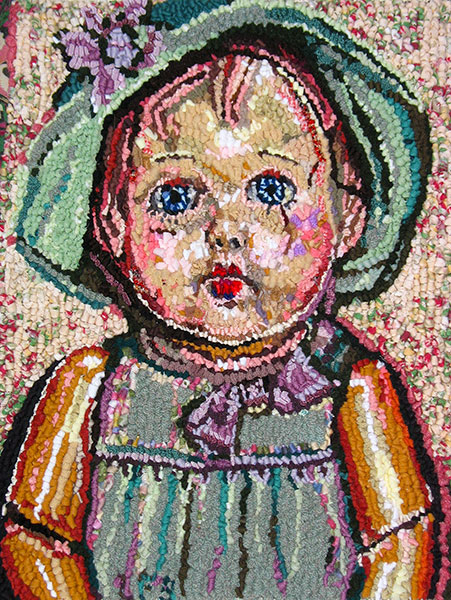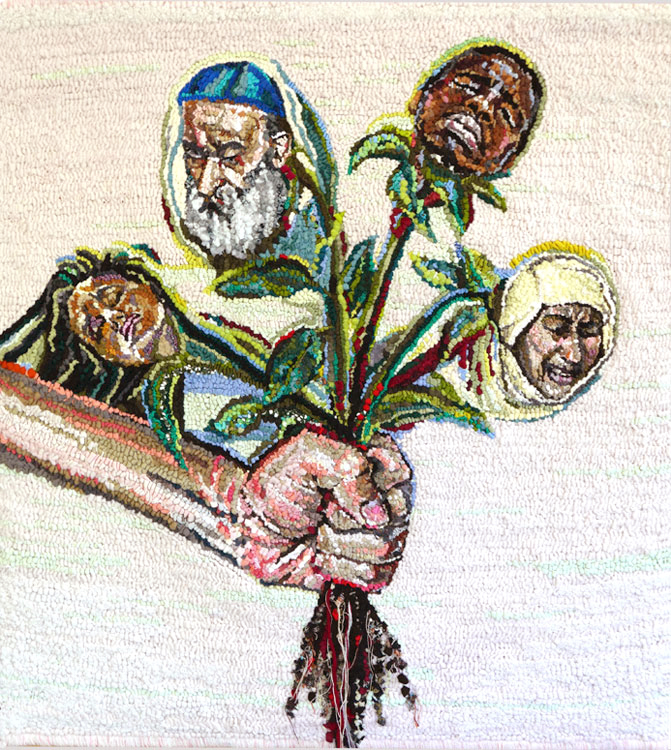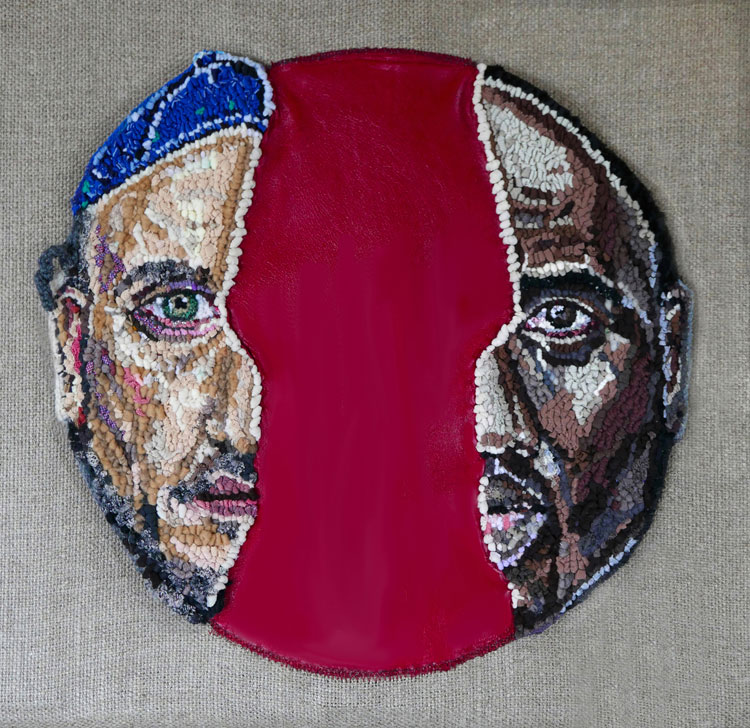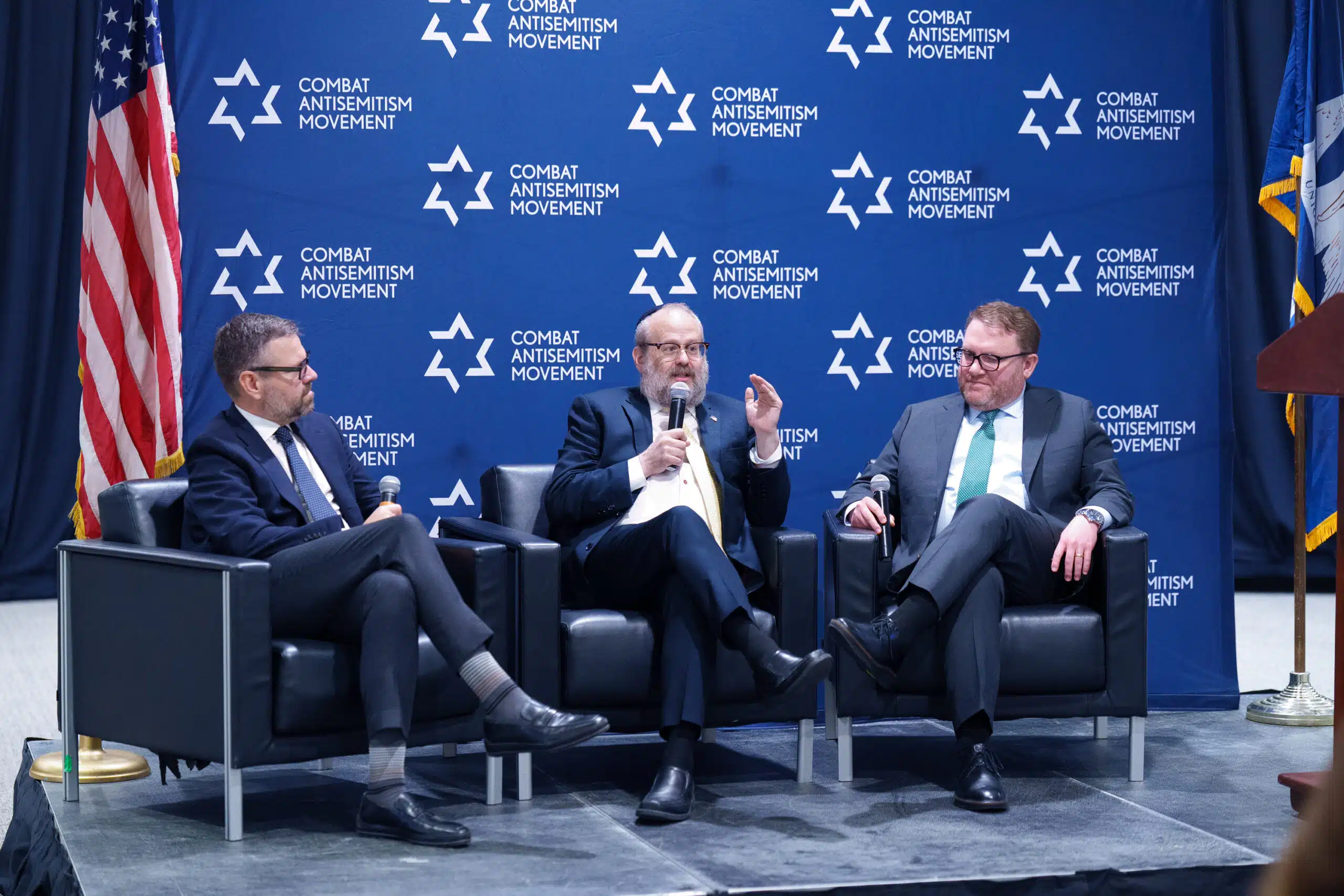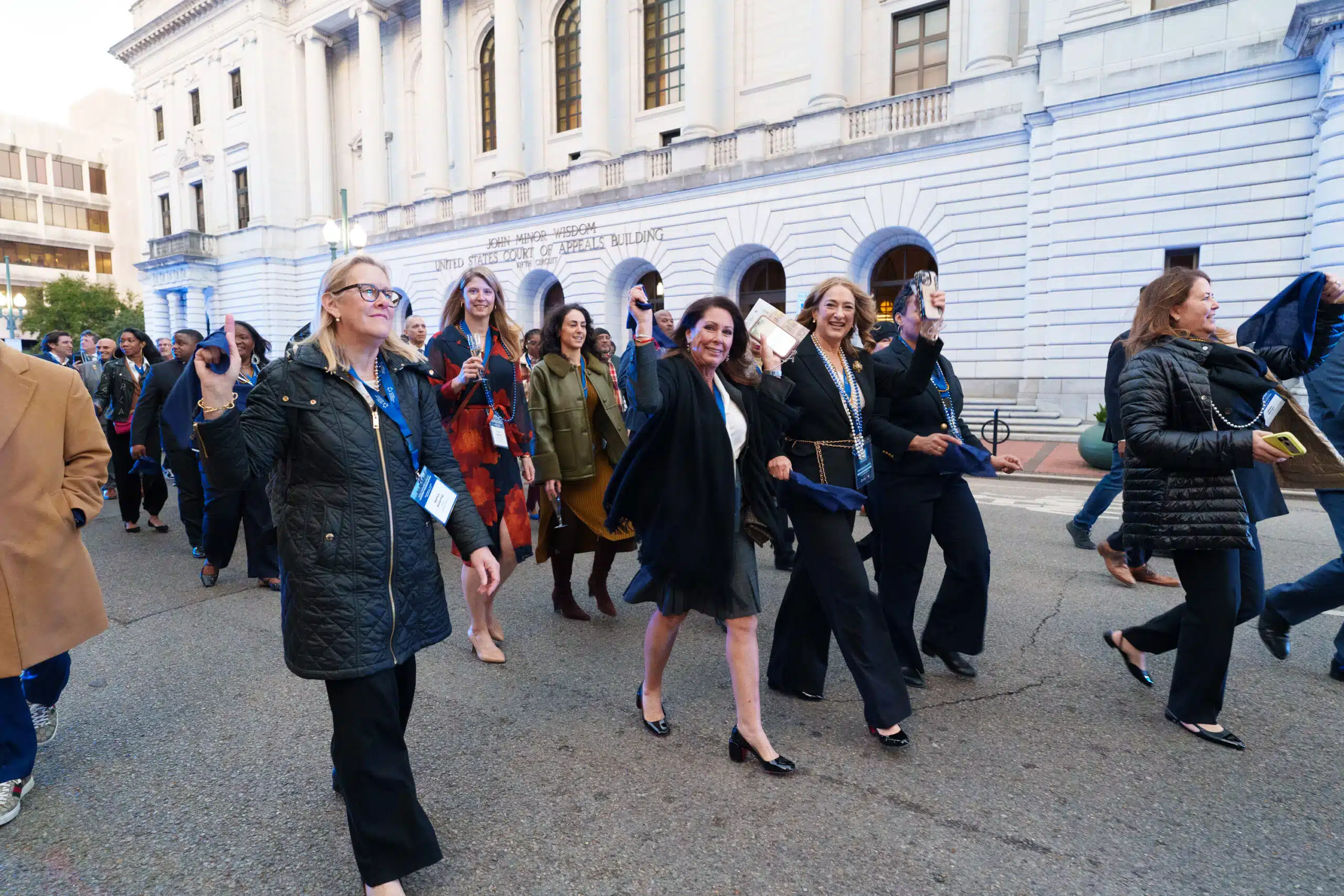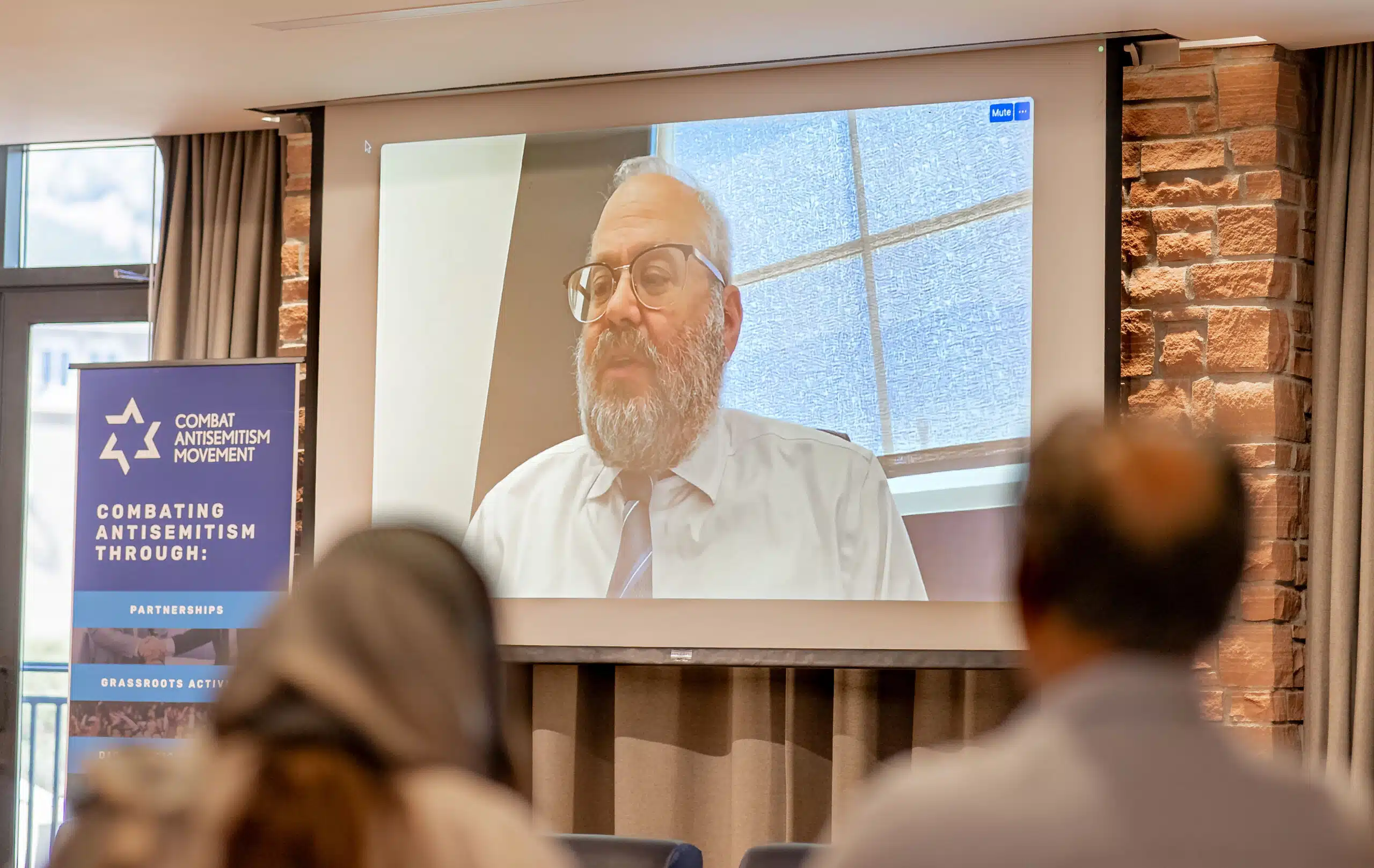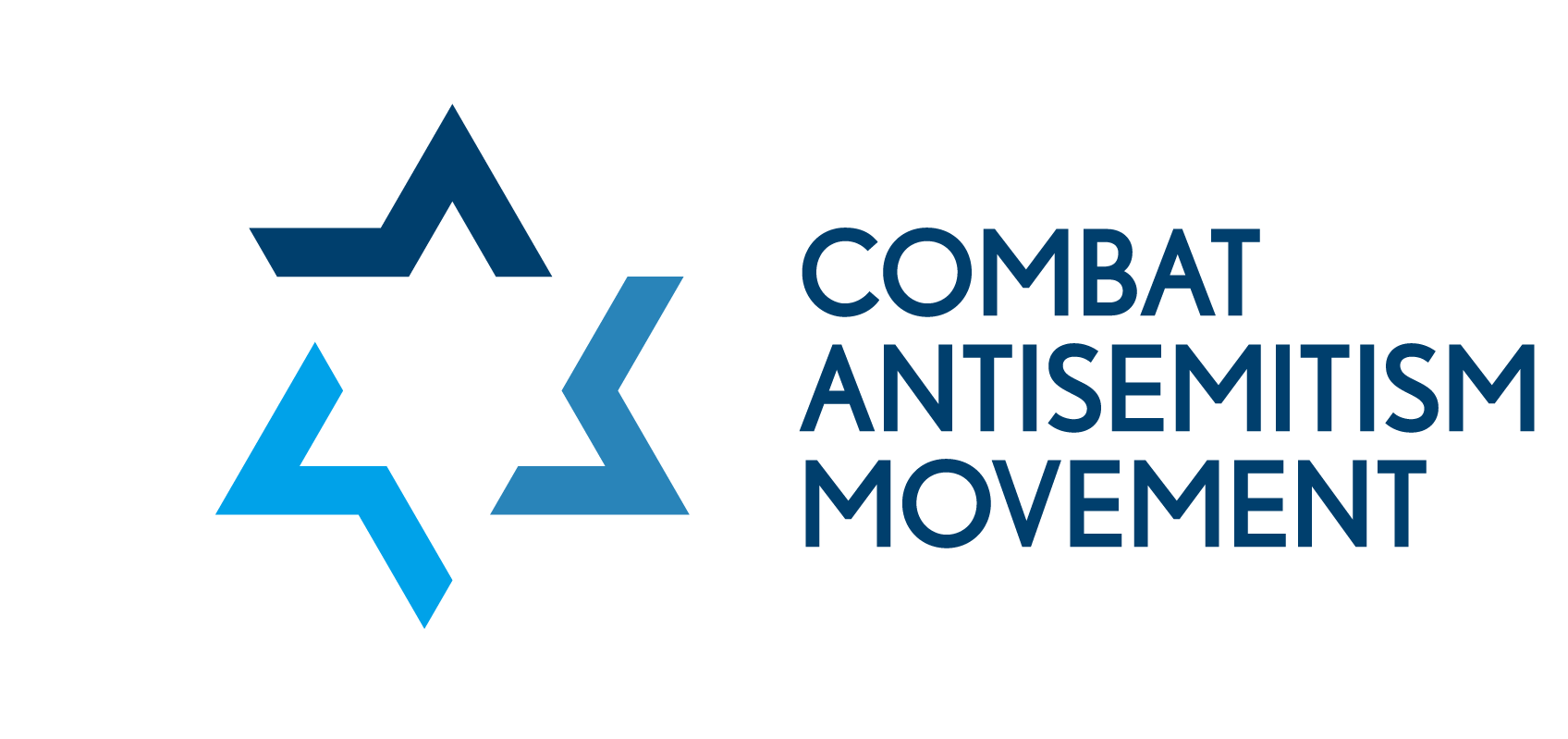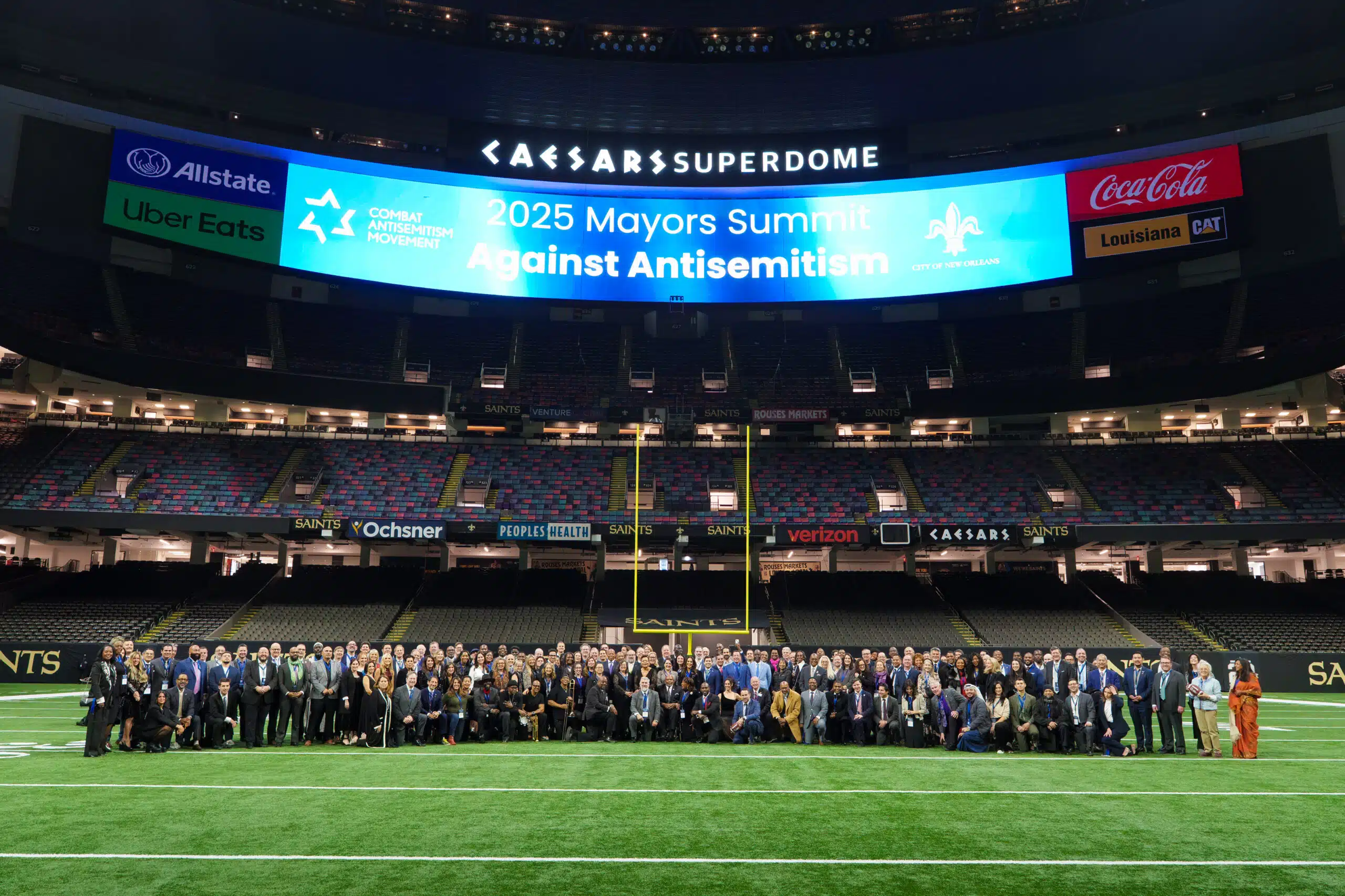

Interview: Artist Linda Friedman on the Trauma of Anti-Semitism in America
Linda Friedman Schmidt is an artist in the New York metropolitan area and the daughter of Holocaust survivors. Her art expresses the trauma of anti-Semitism as a collective Jewish experience and in contemporary American life today. Moved by the horrific events of the Jersey City anti-Semitic shooting, where four Jews were murdered in a kosher grocery store in December 2019, Friedman Schmidt created a piece named “Fault Line,” expressing the impact of the shooting on relations between the Jewish and African American communities in the U.S. CAM spoke to Friedman Schmidt about the impact of her art and her views on anti-Semitism in America.
CAM: How did your early childhood and upbringing, as the daughter of Holocaust survivors, influence your attitude towards prejudice and hatred?
As a child who endured the aftermath of the Holocaust I had empathy and compassion for human beings of all races, religions, and nationalities, for strangers, and for all those who were different from me. I grew up in a diverse, poor neighborhood of “others” including African Americans, Puerto Ricans, immigrants, and Jewish [Holocaust] survivors. In the 1950s and 1960s there was a spirit of cooperation between Jews and these different communities. We shared a history defined by the struggle to overcome oppression and defy stereotypes in the quest to become fully integrated into American society.
Copyright © Linda Friedman Schmidt
CAM: What drew you to art as your primary medium of expression?
I was silenced as a child. I could not say what was on my mind. My mother was also a silenced woman. Art was safe non-verbal communication, a way to scream silently, a way deal with my emotions, to depict my feelings and fears. Art is a way to work through thoughts, emotions, and anxieties as they rise and fall, a way to work through pain and heal trauma. When focused on making art, when I am in the rhythm of making, only now exists. There is only the present. The past has fallen away, and the future disappears. It is meditative and healing. Through art I am able to transform myself and recover.
Copyright © Linda Friedman Schmidt
CAM: You use discarded clothing in all of your art pieces. Can you tell us more about the thinking behind this decision?
My work is conceptual. Discarded clothing represents discarded, disposable, downtrodden, unwanted humanity: the Jews who perished in the Holocaust. I metaphorically give them new life, regenerate, revive, restore, reanimate, resuscitate them, and myself, in the process of creation. I fashion a new world through the transformation of discarded clothing; I transform the worthless into worthy, the devalued into valuable, the powerless into powerful, the bad into good, the sad into glad. Damaged clothing is used as a spiritual metaphor.
I grew up cloaked in sadness, emotionally damaged. I had a tremendous need to transform the pain, to create new skin from old. My process involves lots of cutting [of clothing.] The old history is destroyed and a new one emerges. I focus on erasing the painful past, cutting up and transforming emotional pain, the fraught personal history which is the subject on the surface.
Discarded clothing is the second skin. Under my skin I’m just like you. Under the skin lies emotional pain, but also a loving soul. When the skin is cut open, the emotional pain spills out. Hate is the pain which one cannot forget. Discarded clothing is a medium of memory. It contains personal history and evokes feelings.
Copyright © Linda Friedman Schmidt
CAM: What are your thoughts about the resurgence of anti-Semitism in America?
I believe that some elected politicians and government officials encourage divides over race and religion to further agendas of control. There is so much hatred in America now, and it is not only hatred for Jews. People are being dehumanized, not seen as fellow humans but as problems to be dealt with. We no longer recognize each other as as part of the same human family inhabiting the same earth but see each other as strangers, competitors, and enemies.
Jews have always been a convenient group to blame for all of society’s ills. There is resentment and envy of Jews and those with strong family and religious ties, those who have prospered in America. They are resented by those raised without fathers, without religion, without tradition, without direction who have been encouraged to feel they’re oppressed and treated unfairly by promoters of collectivism and division. When people are divided and packaged by race, religion, and ethnicity, and when the unique individual is forgotten, hatred is accelerated. We must cultivate empathy for one another or “united we stand, divided we fall.”
Copyright © Linda Friedman Schmidt
CAM: Tell us about your recent work, “Fault Line,” and what you wanted to express about the Jersey City shooting.
Fault Line is an artwork about skin, anger, and sorrow created from clothing the second skin and leather skin, a fault line erupting between African Americans and Jews, a bloody separation, bad blood between people, negative emotions, blood curdling racism, a broken circle of life. The Jewish man and the African American man are depicted as fragmented minorities alluding to the fragmentation of society based on race. We do not see people as a whole. We see just a fragment of a person and our mind often interprets what we see as a fault. We find fault with them, faultfinding, blaming the other for one’s problems.
This artwork depicts a reality informed, shaped, and colored by the trauma of the Holocaust. Under my skin are heart-wrenching fragmented memories of trauma that repeats itself. I was retraumatized by the Jersey City shooting, the violent killing of innocent Orthodox Jews (and a Latino employee) in a kosher store by a pair of heavily-armed African-Americans whose intension was to kill many more Jews including the children in a Yeshiva upstairs. Although I am not an Orthodox Jew, I identify with them.
My grandparents and relatives murdered in the Holocaust were Orthodox. This horrendous killing shocked me to the core, pained my heart. I was spiritually and physically ill during the creation of this artwork.
Copyright © Linda Friedman Schmidt
“Fault Line” was created to repair the damage and craft recovery: My process presents the possibility for mending and transformation. Things coming apart can be reassembled in better ways. The red in between the fragmented portraits alludes not only to blood and violence, but also to the Red Sea of biblical times, an overwhelming obstacle, a challenge that was overcome. If we move forward God will part the waters. I believe that our future is as malleable as the leather and fabric used to create this artwork. We can dismantle the world and piece it together differently.
African Americans and Jews share legacies of persecution and struggle. Both groups have been and continue to be targets of hatred and violence, have been wounded by racism, share a sorrow under the skin, and feel victimized. We need to begin to see how we are alike, confront the tensions that exists, recognize each other’s pain while understanding our shared humanity. We can never have peace if we cannot understand the pain in each other’s hearts. The more we interact, the more we will come to realize that our humanity transcends all differences, under our skin we are alike.
CAM: What role can art play in educating others about anti-Semitism?
I bring the viewer face to face with uncomfortable issues. My artwork reveals how it feels to be affected by hatred, discrimination, oppression, genocide, and displacement. I use art as activism to tell the unvarnished truth, to force awareness, to provoke viewers and urge them to react.
Art can call out hatred and put it in your face; it can expose people to what they would rather not see; it can push back on complacency. Art can inspire people to confront hatred, to take a stand against it, and promote human dignity. Art can amplify social issues, confront the tensions that exist, and at the same time acknowledge a desire for understanding and friendship. Art can be a catalyst for personal and collective transformation. It can give people hope. Art can make the world a better place. Art can open a dialogue, educate and help us understand the sensitivities of others, make us more attentive to challenges they face. It can provoke the viewer to think; it can trigger conversations and ideas. Art can empower others to tell and learn from their own stories. Art can engage the viewer on an emotional level to encourage empathy and further the understanding of diverse cultures and traditions. Artwork can make the viewer feel the pain of those who have been discriminated against simply for their race, religion, ethnicity. Art can advocate for equality and dignity for all and lead to
positive action and change.
Visit Linda Friedman Schmidt’s website for more information about her work. All of the original art pictured above is courtesy of the artist and available for sale.
